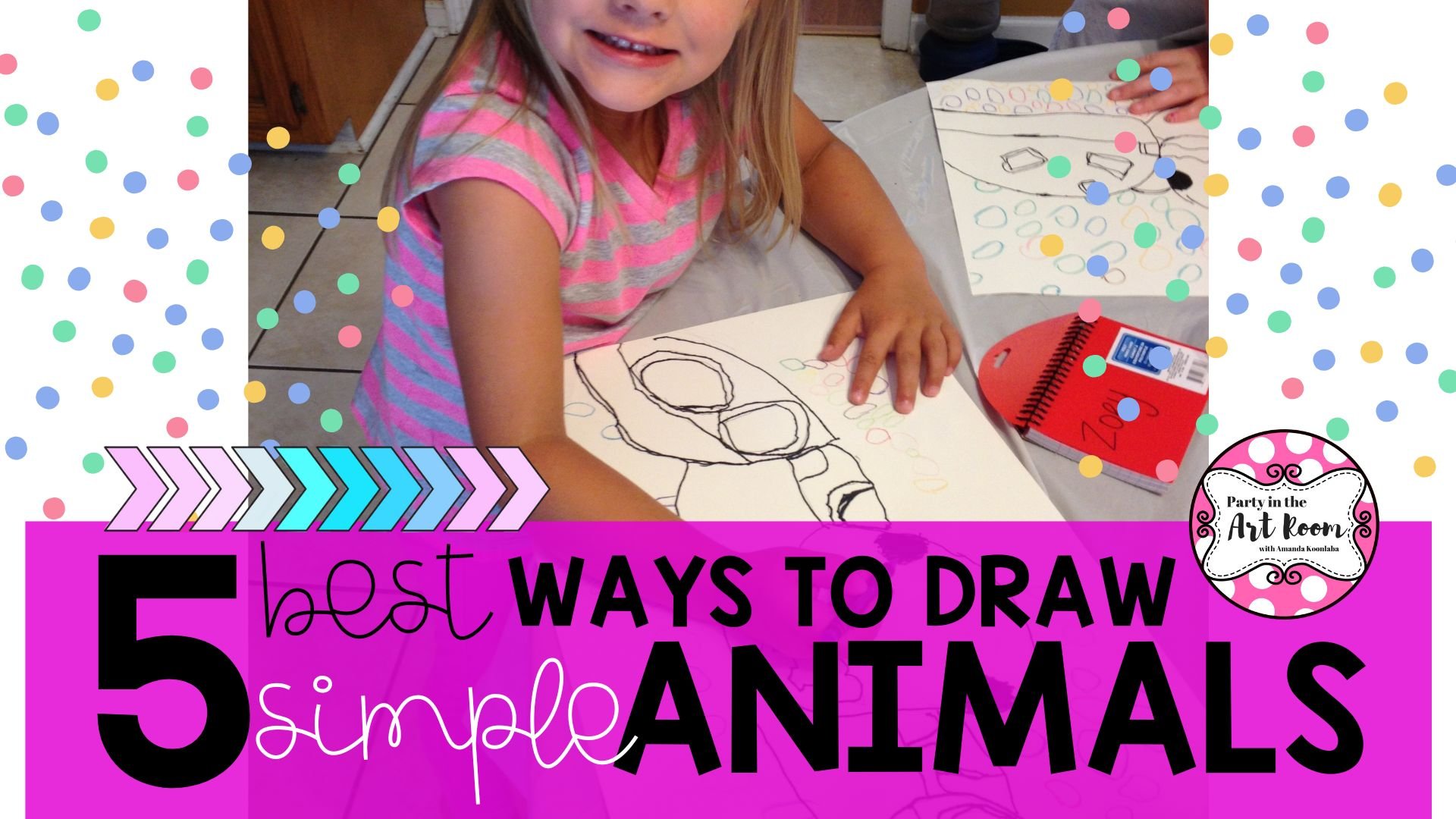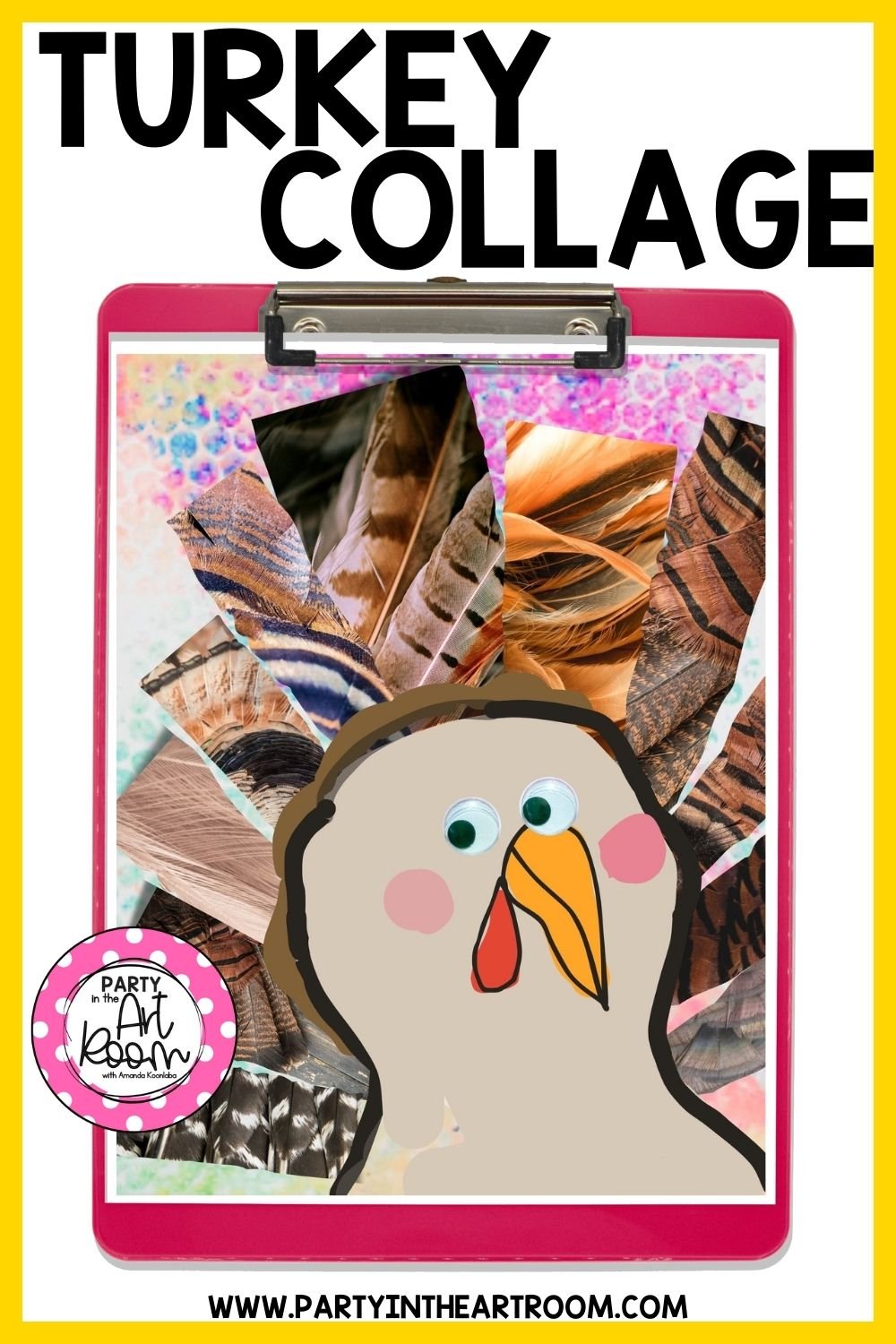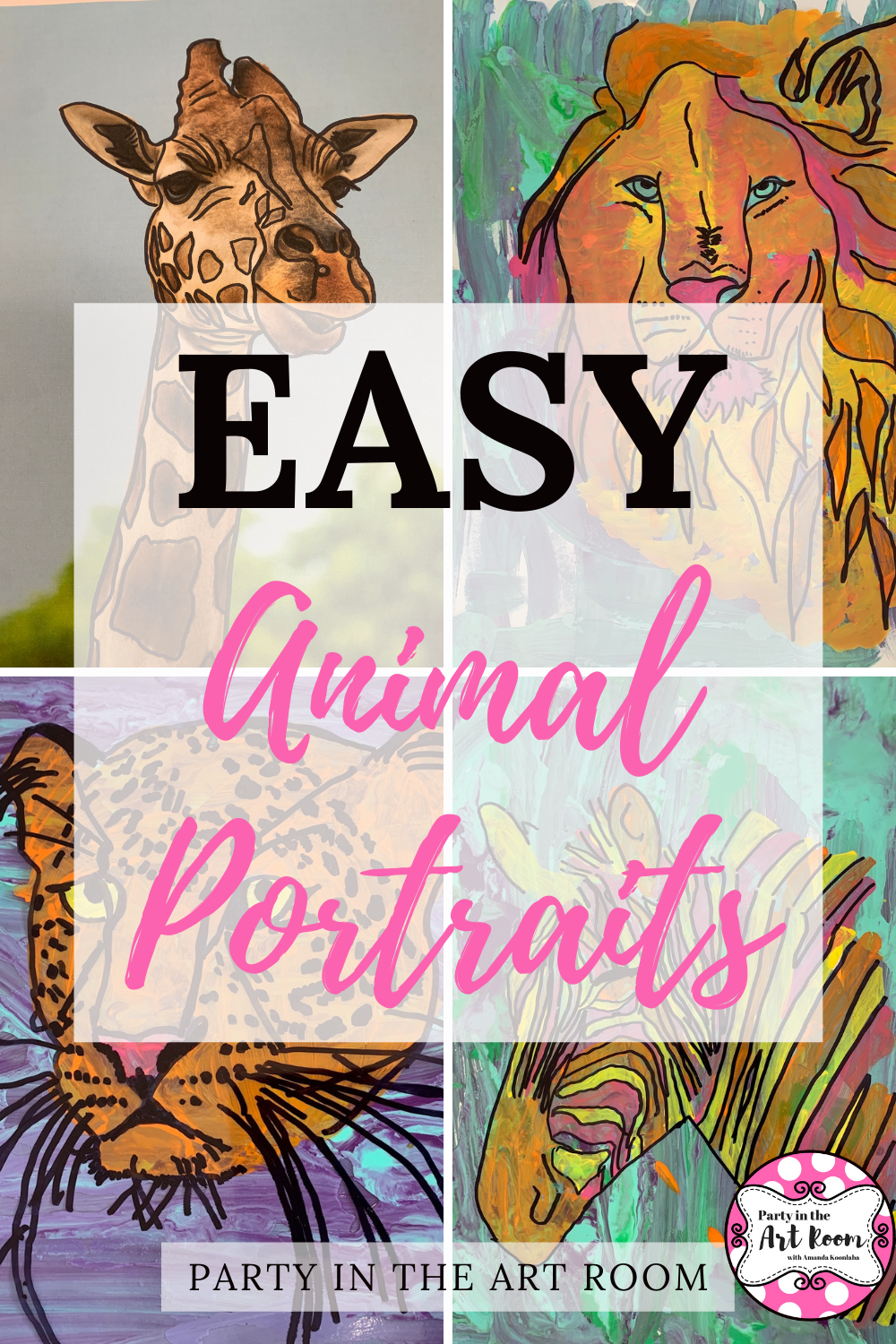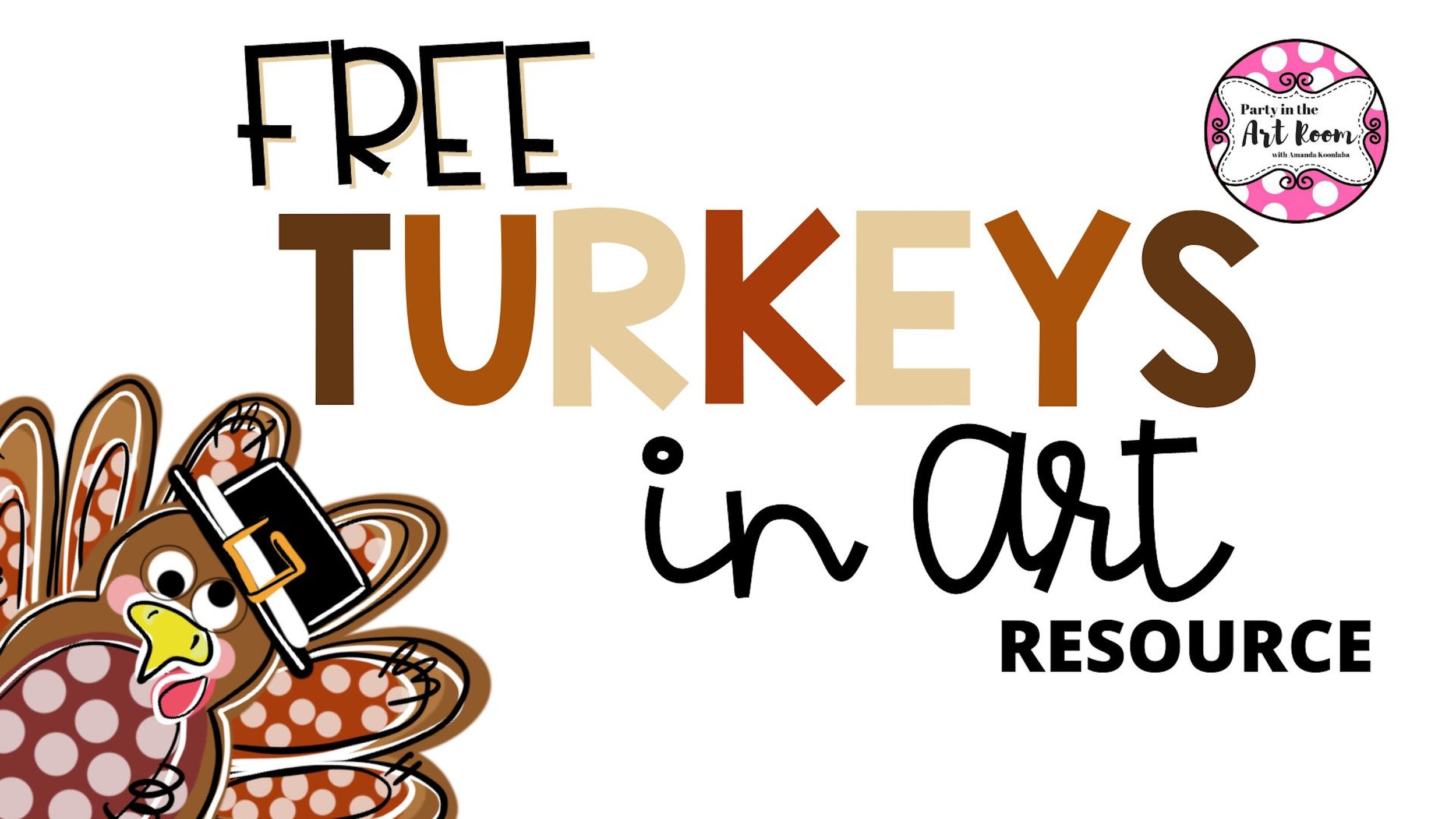The 5 Best Ways to Draw Simple Animals
If you want to teach your kiddos how to draw animals easily, you’ve come to the right place for ideas!
Here are some surefire tips and tricks that are going to make drawing animals much more fun and ten times easier than usual. Let's dive in with a focus on easy animal drawings.
Just remember, drawing simple animals doesn’t have to be hard.
Here are 5 of the BEST ways to draw simple animals:
Even kindergarten and pre-k kiddos can use these 5 best ways to draw simple animals. Just look at these amazing sea turtle ! (Check out the full drawings of a sea turtle art lesson here.)
Why Draw Animals with Kids
Children are fascinated by animals, and it’s natural for them to want to draw them.
The problem is that drawing an animal requires far more detail than drawing other objects like a house or car.
Without guidance, children often focus on just one part of their subject and leave out other critical features, like a snout.
Ever see a kid draw a dog without a snout? Yes, you have. It's funny but also not a dog! Anyway, that’s why it’s important to teach kids how to draw animals easily and simply—the kind they can create in a few lines without spending hours perfecting every feather or scale.
Expectations for Realistic Drawings
It can be tempting to just set your students loose with a pencil and tell them to draw something. While there’s value in letting students loose on their own creative projects, it is unrealistic—and unfair—to expect that every student will produce an artistic masterpiece.
A better approach is to consider what is developmentally appropriate and offer them clear guidelines for the tasks.
After all, learning how to draw an animal easily can be really fun for anyone, especially kids when the expectations are appropriate..
So, what is developmentally appropriate here?
Your expectations should be fair guidelines for what students should be able to accomplish at a given grade level or age. The National Standards and Benchmarks in Art Education provide rough benchmarks, but it’s important to remember that these do not reflect every student’s progress.
There will always be children who exceed expectations and those who do not.
Generally speaking, the younger the student, the more basic the drawing will be. It takes time for kids to be able to layer additional, more complex details like value or depth to their art-making.
It is also important to help students manage their own expectations about how realistic their drawings should be. They need to understand that there are many different ways to draw and make art. Not every drawing needs to be hyper-realistic.
They will be able to draw wonderful, recognizable animals that will become more and more realistic as they develop their skills over time. These tips will help you teach your child or students some simple techniques they can use to make drawing animals much easier.
How to Draw an Animal Easily (Open-Ended)
Keeping art lessons as open-ended as possible is super important.
Teaching students to copy every thing you do as the teacher is problematic for several reasons. Many of these reasons come into play with these 5 easy drawing tips. As such, it is critical to address this here.
It is definitely easier on everybody to have students copy every step in an artistic process from the teacher or a model of instruction. The whole process moves faster when you do it that way. The students will be more likely to have a nice-looking final product when they make their work look like the teacher's. It might even make for less waste when they are copying the teacher because they aren't having to figure anything out on their own.
That might sound great on paper, BUT...
If they aren't having to figure anything out on their own, the task is very low in cognitive. demand. They aren't applying any knowledge, and they definitely aren't creating anything new. Essentially, copying doesn't require a lot of thinking.
We want kids to be thinking! We want them thinking at very high levels.
So, it is recommended to think through the process as a planning tool and making as many of the steps as open-ended as possible. You may have a lesson that requires a step-by-step drawing for the main component but be able to give the kids choice in the details the include. That's win-win!
Now, the great thing about drawing is that it gets much easier once you know how (and when) to break down complex subjects into simple shapes and forms. That's what each of these 4 ways to draw animals easily does.
After breaking the drawing down to a manageable task, you can have your kiddos add details like color, depth, and texture for a more open-ended experience.
So, let’s get started with the easy drawing strategies!
1. Simple Animal Drawing with Shapes
To draw an easy animal, start by using basic shapes and simple lines. This is such a great access point for building more advanced drawing skills later because most kids will already have background knowledge on the concepts of lines and shapes.
You can tell the kids to think of each shape as a building block, and each line as a support beam for that structure.
Lines make shapes when they all meet at a point to enclose space. Then, those shapes work together to make a form. In this case, the form would be the animal.
Model for the students how to look for basic shapes in photos of the animals you want to draw. Use a pencil or pen to draw basic shapes like circles, triangles, squares or rectangles. Then, add in smaller shapes inside those shapes.
There’s a great example of this with the pigs nose and snout in the photo here.
After the basic shapes are established, it is time to finish drawing the simple animal. Show students how to erase the parts of the shapes they don't need. They can also soften the corners of shapes that have angles and rework the lines of the shapes to make them more natural to the animal.
Need to simplify this process even further? Here's a way to differentiate for your youngest learners. Help them make a list of all of their favorite animals. Try not to leave any out.
Once you’ve helped get them all listed, pick the top 5 favorites and draw each one of those animals using only three shapes (think triangle, circle, square). Start with simple ones like an octopus (triangle for head, circle for body, square for legs) and try more difficult ones like a shark (circle for head and body; triangle for fins; rectangle shape cut in half lengthwise for teeth).
Lines are one of our favorite things about drawing animals because they really help bring an image together. When you’re teaching kids how to draw easy animals, lines make it possible for them to build complex illustrations that stay perfectly proportioned—no matter how big or small you make your sketch!
2. How to Draw Easy Animals (Draw Easy Animal Pictures)
Another easy way to draw simple animals by using basic shapes is to follow a step-by-step guide. We often call these “how-to-draws." (Hint: All of these animal art lessons include how-to-draws.)
These are great for teaching kids how to follow the directions on a diagram. Think: putting furniture together. It is essentially the same concept. Plus, these use basic shapes too.
Another thing that makes how-to draw guides great for kids is they make drawing simple animals look easy. These drawings don’t require fancy materials or a lot of skill—just a bit of patience and effort.
In addition, there are literally hundreds of different how-to draw guides you can use. Each one is different, so if you have trouble following one or get bored easily, there are plenty more to choose from. This is great for differentiating instruction. (You can find some of my very own how-to-draws in the lessons right here.)
For instance, if you are teaching a lesson where the students need to draw a cat, you can have several how-to-draw options available. They can practice each until they find the one that meets their ability level or pushes them just a bit.
Lastly, these work well for students who aren't yet reading. If a child isn’t able to read directions on their own but wants to make an easy animal drawing anyway, these are helpful.
Party in the Art Room offers over 75 how-to-draw activities connected to our Art & Roll games, which we will cover in the next section.
Party in the Art Room offers over 75 how-to-draw activities connected to our Art & Roll games. See the next section for more using Art & Roll Games as drawing prompts.
3. Simple Animal Drawings with Prompts
One of the best ways to help students draw simple animals is to use a prompt like an Art & Roll Game.
Art & Roll Games involve rolling a number cube (dice) to read a grid that tells you what to draw. These are great to use in two ways.
First, students can use a how-to-draw guide to draw an easy animal. Then, they use the Art & Roll Game as a prompt to add at least five structured details to the work. Finally, they make creative choices to add the rest of the details to finish the work.
The second way students can use these games to actually compose the parts of the animal into a whole. For instance, Party in the Art Room has an adorable chicken Art & Roll Game where each roll of the dice corresponds to a different part of the chicken.
Art & Roll Games: One of the best prompts to help students draw simple animals.
4. Easily Drawn Animals with Sketch Shape
This is a fun whole-group game that you can play with kids to help them draw easy animals. Just like the other ideas, this one breaks the form down into simpler shapes, which helps students feel successful and is developmentally appropriate.
Here's how you play:
1. Share Images: Each student needs a different image of the same animal to look at while they play. If you have a class of 25 kiddos, don't try to find 25 different images.
You can stick to three or four different ones. So, if you are having students draw a chicken, you should have three or four different images of a chicken. Each student needs one, but every third or fourth student will have a different image. You'd 6 or 7 copies of each one of the images this way.
2. Draw: Name a part of the animal and have every student look at their image and draw the shape. You might say "Draw the chicken's head." Every student will look at their image and draw the shape of a head. You will probably see students draw circles, ovals, and maybe triangles. They don't need to add any details, just the one shape. Tell them not to add things like beaks in this step. You'll call beak later.
3. Say Sketch Shape: Any student can say "Sketch Shape" loudly to alert the class they are finished and ready to pass their paper. Have them hand the paper they drew on to the person to their right. They will keep the paper with the image of a chicken. Say another part of the animal's body such as "Draw the chicken's beak."
They will all look at the image they have and draw the shape of the beak. Any student can say "Sketch Shape," and all students will pass the paper they drew on to the right. (Specifically: Keep the printed image and pass the paper being drawn on. Once passed, they will essentially be drawing on someone else's paper each time.)
4. Repeat: Do this as many times as it takes to draw all the parts of the animal. Students will add details to the final image that they end up with, and it might not be their initial paper. Have them add a background with a horizon line and color.
This is so much fun. Kids love passing the paper to see what in the world they will get each time. All of the drawings end up looking different.
This is also really great because even students who struggle with things like dexterity or spatial reasoning can participate.
When the students pass the paper, they don't have a way to figure out who drew which part. So, no one can be put off because "so and so drew a wonky rectangle." They just don't know who added which part.
You can always tell them to erase parts of the final drawing to make it look more visually appealing if you have students that are bothered by some of the shapes. In fact, that's a good step to add to this process because it teaches students to make corrections to parts of their work instead of erasing the entire paper or starting completely over.
Finally, don't forget! You can always praise the amazing abstracted drawings they've created together!
How to Draw Animals Easily Mega Bundle
Whether you have kiddos at home, or love an easy-to-use art lesson, especially one that features easily drawn animals, then this mega bundle is perfect for learning to draw animals - simply and easily. The bundles comes with 26 different projects and activities. Animals range from pigs to cats to owls! Each art lessons includes a dice game sheet, finished examples, writing activities, reflection sheets, and more.
In fact, all of the animals and images you saw in this blog are included in this bundle. When you buy bundles, you save big!
5. Easily Drawn Animals from Memory
Memory Drawing: Another unique approach to draw animals easily is through memory drawing. This method encourages students to rely on their visual memory and imagination rather than direct observation.
Here's how you can incorporate memory drawing into your lessons:
Start by showing students a series of simple animal images for a short period of time, such as 10-15 seconds each.
After viewing the images, ask students to close their eyes and try to recall as much detail as possible about each animal they saw.
Encourage students to visualize the shapes, proportions, and features of the animals in their minds.
Once they feel confident in their memory of the animal, instruct them to sketch or draw the animal based solely on their recollection.
Emphasize the importance of using simple shapes and lines to capture the essence of the animal, rather than focusing on intricate details.
Allow students to compare their drawings with the original images to see how closely they were able to recreate them from memory.
Encourage experimentation and creativity by challenging students to combine elements from different animals or invent their own imaginary creatures.
Provide constructive feedback and praise students for their efforts, regardless of the accuracy of their drawings. The goal is to develop their visual memory and drawing skills over time.
Memory drawing not only enhances students' observation and visualization skills but also encourages creativity and imagination while making animals drawing easy! By practicing drawing animals from memory, students can build confidence in their artistic abilities and develop a personal style of expression.
With this approach, students can learn to draw simple animals easily by tapping into their innate creativity and imagination, making the process both enjoyable and rewarding.
Final Thoughts
Drawing is easier than it looks. So, don't be intimidated to use it with your students. Luckily, there are a few simple tricks of the trade that make learning how to draw simple animals much easier—and now you have the inside scoop too!
Let us know how it goes!
More Great Ideas to Draw Animals Easily
If you liked the ideas above, you’ll also love these DRAWING ABOUT ANIMALS ideas:













Here’s a monkey art lesson for kids that is always a huge hit! Black glue, chalk, and collage creates a cute monkey artwork and hits a lot of important skills!